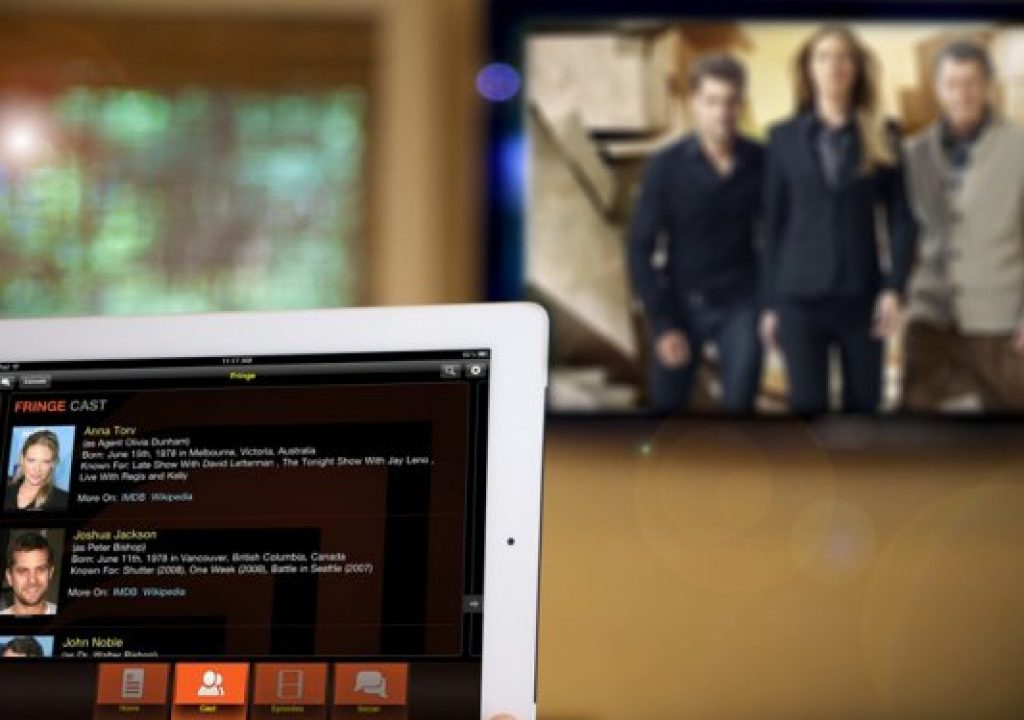Previously on The End of TV as We Know It & The Rise of Transmedia we established that story is our constant and digital serves as our variable. Both our constant and variable affect the viewer’s relationship with content. At the heart of content will always be a profound story but digital has evolved the television content viewing experience from one-way and passive to two-way with unlimited possibilities of narrative participation based on the technology in the viewer’s hand.
But transmedia goes beyond digital participation and breaking down the boundaries of the “living-room”. Digital has enabled the audience to come into control of the story. And because of digital’s ability to democratize the content creation experience there are a series of expectations that audiences are now accustomed to and desire.
First up, the authorship crisis. Ok, so it’s not as intense as it sounds. We’re all storytellers now thanks to social media. Our social networks have allowed us to publish, share and create content on the fly. We live a life of self-publication and instant gratification based on the number of likes and retweets our peers give to us based on the quality of content we produce.
Our audience members are self-entitled authors and they do not simply want to view content any longer. The audience wants to live and breathe the content and have the ability to affect the outcome of a narrative through character interaction, plot control or diving deeper in the storyworld – all in real-time. As content creators we need to enlighten the audience and enable creative to become flexible enough to change on the fly. The audience wants to be acknowledged for their investment of time they spend with content. They yearn for the ability to contribute. And when you think about it this way, the audience really isn’t the “audience” anymore.
An audience spectates. Spectating is passive and today, passive equals boredom. Let’s just remove the traditional notion of audience all together and begin treating the audience like characters and the existing characters like audience members. In a transmedia world it is important to define the role of the “audience” during every step of the experience from a single chapter or instance to the overall narrative and storyworld at large. Who are these people? What are their roles? Then flip it. What are the characters’ point-of-views of the audience members or member? How do characters treat the outside influencer?
This simple audience exercise begins to address individual and communal actions of the “audience”. These individual actions fit into a much larger whole and narrative objective sets we can determine on the upfront rather than retrofit into the story later.
Which brings us into the world of dual-content. Dual-content is content that serves two purposes on an individual and communal level. On the individual level it is content that creates an intimate connection with the participant through utility and established objectives enabled by the story. As we begin to see a summation of these individual actions overtime we start to see communities organically form around the content. It might be one community or a series of communities brought together by the actions they took individually and a general consensus of how these actions affect the next chapter of the narrative.
The new role of the audience, content, story and digital is part of what has put the entertainment industry in a state of flux.
The new reality of the entertainment industry is that there is no longer a traditional network model. Digital has completely disintermediated traditional narrative structures forever. The audience is the new “channel” for the content we create. How we treat these channels is up to us. And finally the responsibility of enabling these types of transmedia environments has become a huge task placed upon producers. Transmedia worlds aren’t just created overnight or an add-on once a narrative structure has been completed. It has to start from the ground-up.
All of this means one thing, opportunity. This opportunity is part of what helps us define transmedia and empower this type of creative strategy in the work we produce. We’ll get more into transmedia and the creative strategies we should be thinking about next time.
Read more about The End of TV as We Know It & The Rise of Transmedia below.

